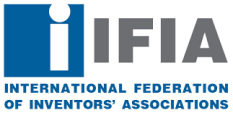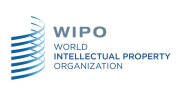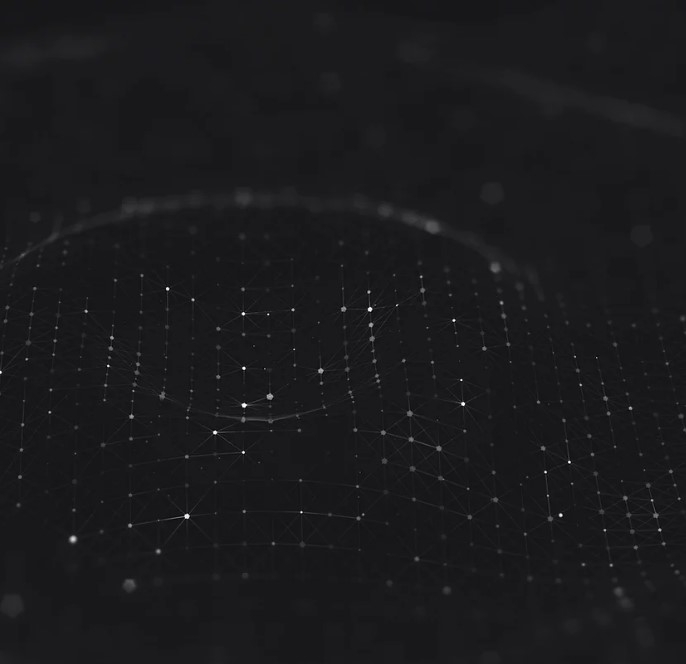Propulsion engine by electromagnetic waves:
A new invention for promoting the aerospace industry
Electrothermal
Electrothermal propulsion works by using electric energy transfer heat to a propellant and increase its efficiency and Isp. This is done by heating an element in which the propellant is passed through. This element can be simply just heating the propellant or it can be heating a catalyst bed to aid in the propellant decomposition. Some examples of Electrothermal propulsion are Arcjet, Microwave arcjet and Resistojet. This type of propulsion can be used with monopropellant and bipropellant rockets. The idea for this system is to aid what would normally be a cold gas system. Although this type of propulsion increases the Isp compared to chemical engines, the resulting Isp usually does not surpass 1000 seconds. This fall short of some of the other electric propulsion techniques but it allows for a greater thrust
Electrostatic
Electrostatic propulsion utilizes a propellant that can be ionized. Common propellants for this type of electric propulsion are Cesium, Mercury, Xenon, Argon, etc. The propulsion in these type of thrusters is created by accelerating ions using an electric field and allowing those ions to pass through a grid. The ions are then neutralized by a stream of electrons to prevent any kind of charge build up on the bus. This technique provides a very low thrust but makes up for the lack of thrust by supplying very high specific impulses of around 3000-5000 seconds. Thrusters of this type are now being used more commonly for orbital transfer and orbital stabilization. The transfers using electrostatic propulsion have a far greater transfer time but they have been proven to be more efficient. This is determined because the high Isp allows for the bus to submit low thrust for long periods of time and use very little propellant. The ability to take only a fraction of the propellant mass to LEO and GEO makes the takeoff require less propellant as well. In the cases that time is not of great importance these type of thruster is one of the best choices for orbital maneuvers.
Electromagnetic
Electromagnetic propulsion utilizes plasma as its propellant. This is done by heating the propellant to temperatures of over 5000 degrees Kalvin. By suppling a magnetic field the conductive plasma portrays the Lorentz force. The plasma ions are accelerated via the magnetic forces created rather that needing an anode grid. This technique also allows the particles to become accelerated without becoming fully ionized resulting in a higher efficiency. Electromagnetic propulsion can create thrust levels up to 100 times larger than electrostatic propulsion can. The high Isp and relatively low thrust compared to chemical thrusters makes this type of thruster best suited for long orbital transfers. These thrusters are used similarly to electrostatic thrusters although they are not as common because of the higher difficulty of producing them and maintaining them.
What are electric propulsion engines:
Spacecraft electric propulsion is a type of spacecraft propulsion technique that uses electrostatic or electromagnetic fields to accelerate mass to high speed and hence generate thrust to modify the velocity of a spacecraft in the orbit. The propulsion system is controlled by electric power.
Electric thrusters typically use much less propellant than chemical rockets because they have a higher exhaust speed (operate at a higher specific impulse) than chemical rockets. Due to limited electric power the thrust is much weaker compared to chemical rockets, but electric propulsion can provide thrust for a longer time.

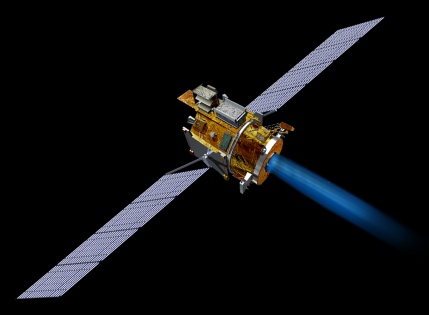
Electric propulsion engines types:


What is propulsion engine with electromagnetic waves:
In fact, it is an international invention that has won a gold medal twice in international competitions in Switzerland and South Korea in 2022. A device that for the first time succeeded in producing propulsion force up to the range of 0.5 newtons in a very high period of time, with a much longer lifespan than the samples have been built in the world. The ability to create this trust is so high that it has the ability to perform much more complex space missions. This device is a production of 15 years of research which has led us to achieve advanced knowledge in this field. In this context, a documentary called "the rotation theory" has been produced.
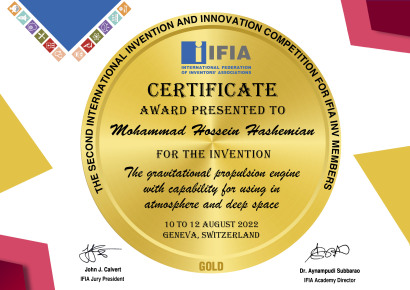
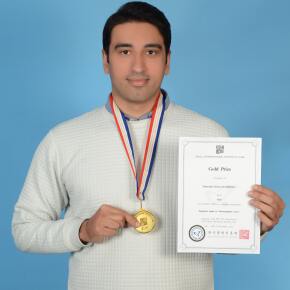
We Take Pride in Our Numbers
18
Years of Experience
3
Products Installed
3
Industry Awards

